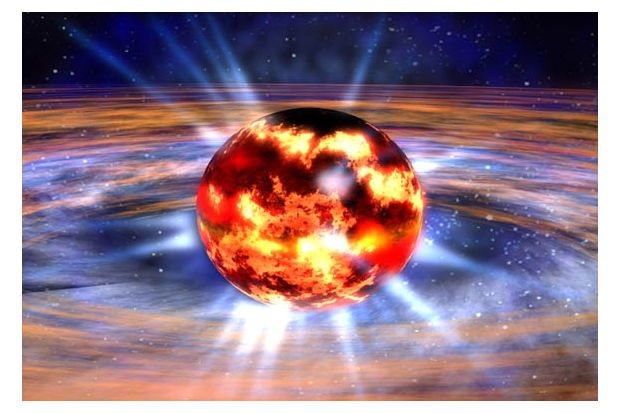| Authors | S. A. Ghaemmaghami, M. R. Khoshi and M. Ghazanfari Mojarrad |
|---|---|
| Journal | The European Physical Journal Plus |
| Page number | 1 |
| Volume number | 138 |
| IF | 3.758 |
| Paper Type | Full Paper |
| Published At | 2023 |
| Journal Grade | Scientific - research |
| Journal Type | Electronic |
| Journal Country | Iran, Islamic Republic Of |
| Journal Index | SCOPUS ,JCR |
Abstract
The consequences of the baryon-quark phase transition (PT) are probed for the structure of a hybrid neutron star (HNS) by utilizing the Maxwell construction (MC). A statistical-based mean-field (MF) approach, which complies with the Thomas–Fermi approximation, is employed for the baryonic equation of state (EOS) of baryonic matter, while the EOS of quark matter is expressed within the standard NJL model. We find that including density-dependent terms in the phase-space nucleon–nucleon interaction softens the hybrid EOSs, resulting in mostly better agreement with the experimental constraints, and providing lower values of the gravitational mass, radius, and tidal deformability for a HNS. On the other hand, stiffening the hybrid EOS by strengthening the quark vector interactions increases the maximum gravitational mass, while the corresponding radius and tidal deformability are reduced. Based on the constant-sound-speed (CSS) parameters of the baron-quark PT, we show that the formation of a stable 2M HNS is allowed under the MS.

